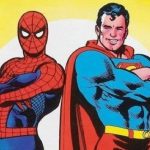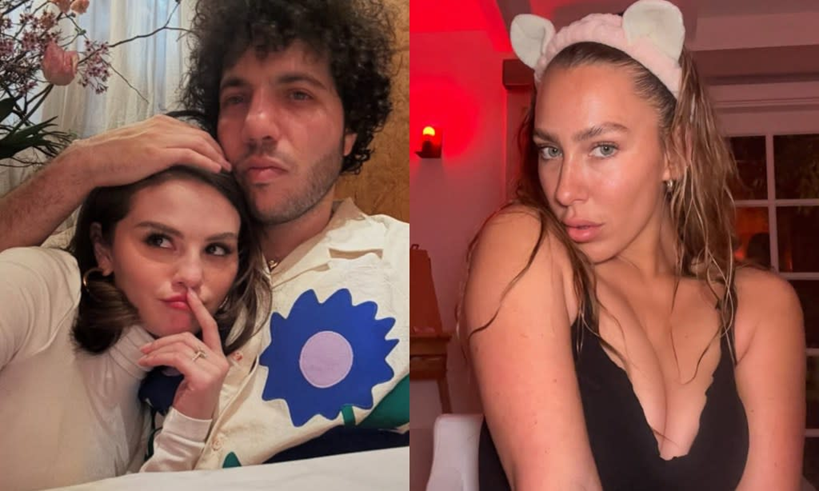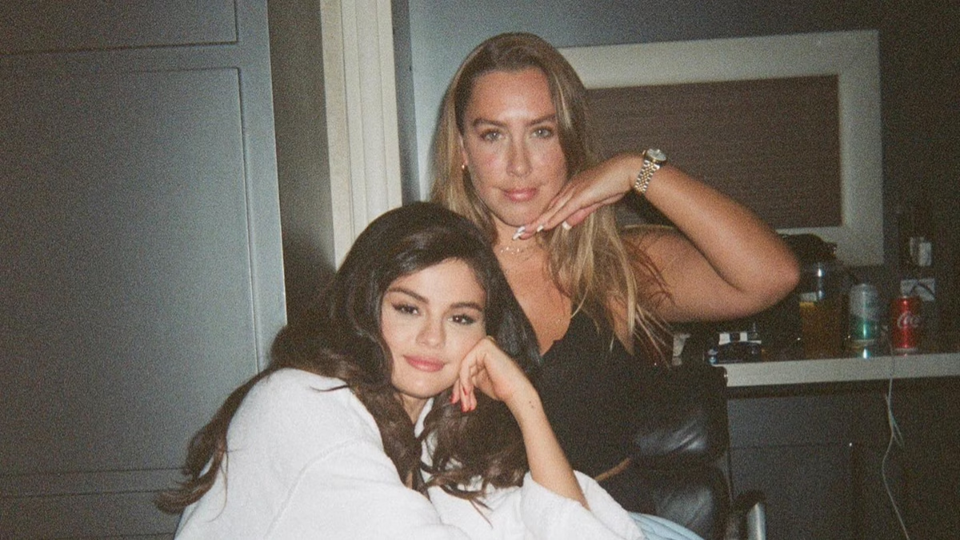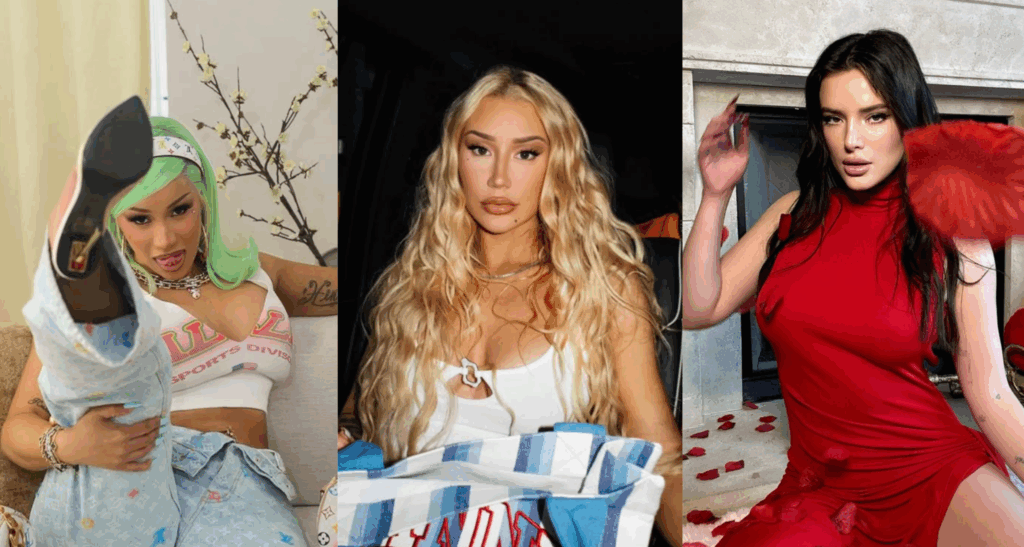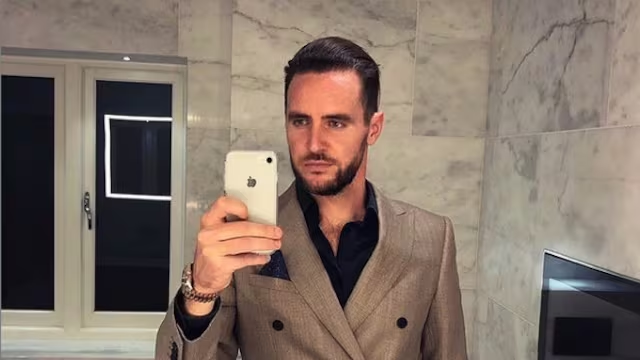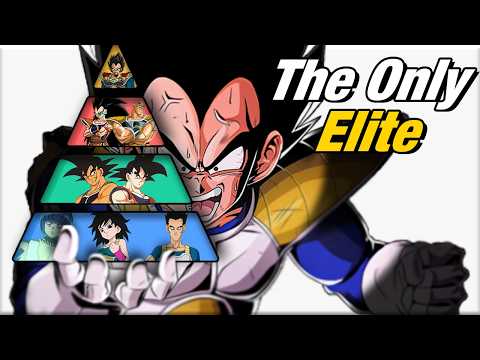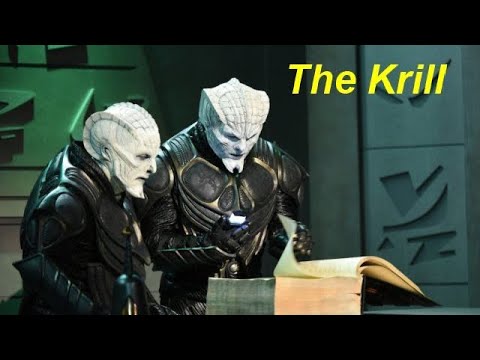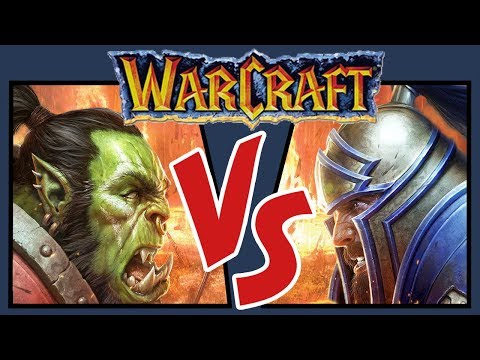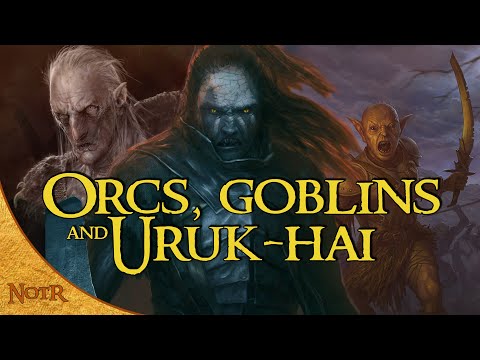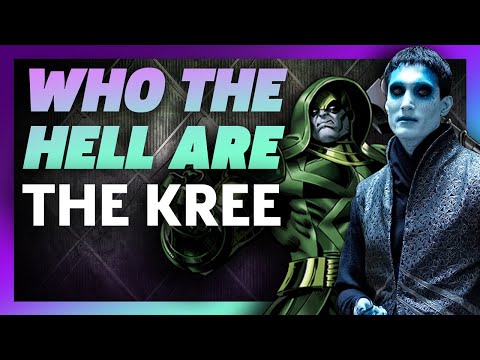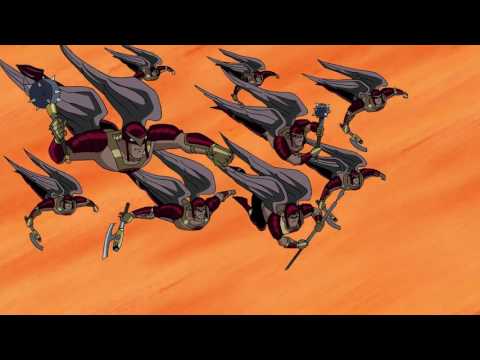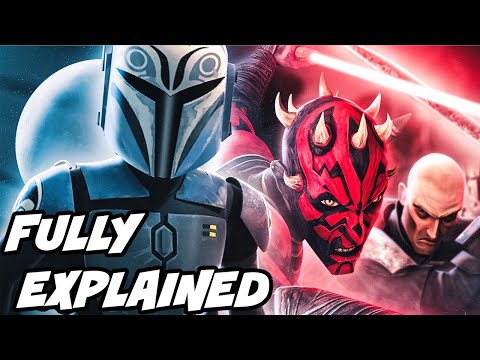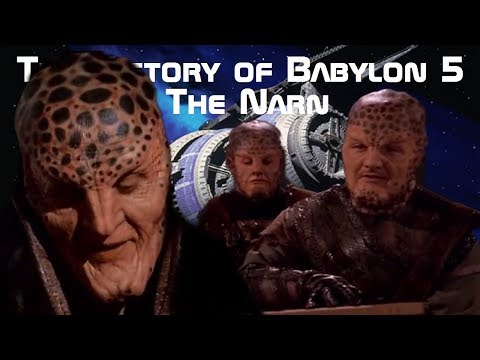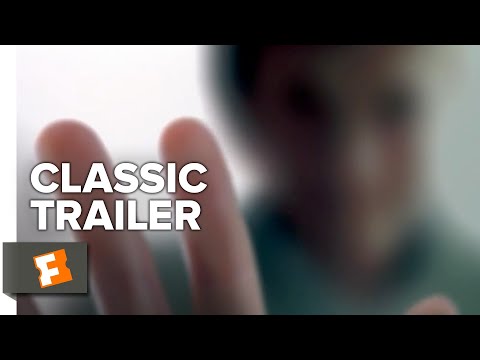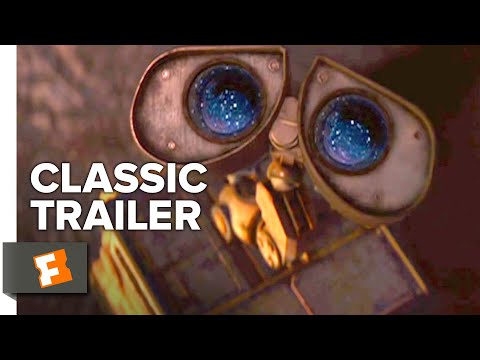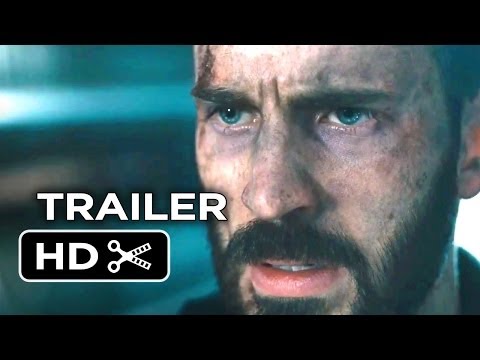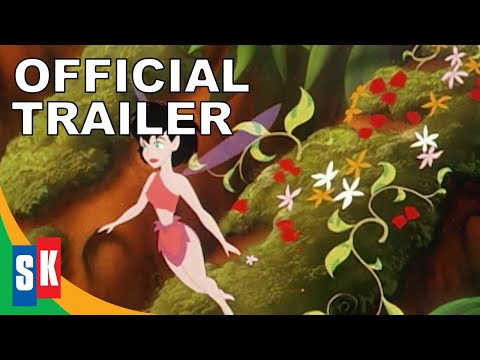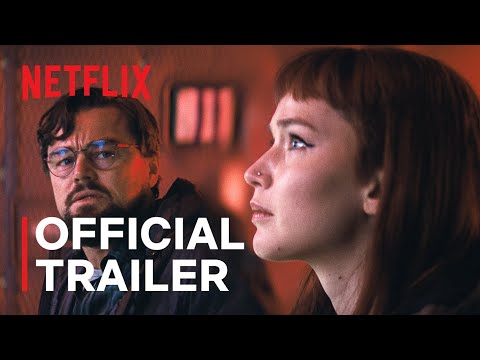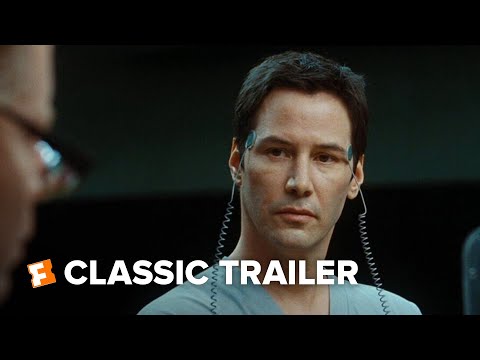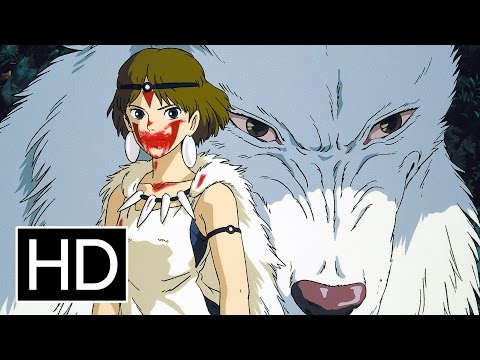.related-internal { font-style: oblique; }
.promote_see_also { font-weight: bold; text-transform: uppercase; }
.promote_see_also a {text-decoration: underline;}
.promote_see_also span.SA { color: #000000; text-decoration: none; display: none; }
.tv { font-style: italic; }
.bld { font-weight: 800; }
.litem {font-size: 28px; line-height: 1.1; font-family: titilliumregular,Arial,Helvetica,sans-serif; color: #000000;}
The comic book-to-movie adaptation is far from a fine art. In this hero-centric cinematic world, moviemakers and actors are inclined to bend the rules and break away from the source material when bringing characters to the big screen. Indeed, many writers, directors, and stars have all but ignored the comics they are adapting to suit what they want from a character’s personality, powers, appearance, and narrative arc.
Herein lie the secret sources and inspirations for comic book characters who have transitioned to the big screen, where sometimes pretty extreme choices are made to base the new portrayal on someone, or something, other than the source material—including bare-knuckle boxers, music videos, real-life gangsters, and even Clint Eastwood.
10 Gorr (Thor: Love & Thunder)—Thin Man
Taikai Waititi’s second run at the Thor franchise came in 2022’s Thor: Love and Thunder, which sees the god of thunder’s old flame, Jane Foster, take up the hammer Mjolnir and wield its awesome power for the first time as Mighty Thor. But exciting as this new development was, everyone’s attention was fixed on the villain—Christian Bale’s silver-skinned, yellow-eyed Gorr the God Butcher.
As Gorr is a classic Thor villain, fans were dismayed at his lack of god-killing and short shelf-life, getting dispatched before the credits rolled. While speculation was rife that Bale has based his character on Marilyn Manson, the actor revealed that he had, in fact, modeled the God Butcher on the hellish Thin Man from Aphex Twin’s “Come to Daddy” music video.
Bale tried to insist on including Thin Man’s iconic scream in the film. However, though Waititi filmed it, it was left out of the edit as this aspect of the character was deemed too horrific for a PG-13 superhero movie.[1]
9 Bane (The Dark Knight Rises)—Bartley Gorman
Comic book fans know Bane as a South American mercenary with a keen intellect and a nasty addiction to luminous green Venom that gives him the superhuman power to terrorize Gotham City. However, the version Tom Hardy brought to the screen in 2012 is somewhat removed from this, with only muscles, a mask, and a name linking the characters.
A Christopher Nolan creation, Hardy’s Bane traded on the popularity of the actor to sell the final chapter of the Dark Knight trilogy but did so at the expense of the character’s origins, ethos, and personality. He swapped Bane’s M.O. for something more like minor DC anti-hero, Anarky.
Nolan said, for Bane, he “wanted to do something very different in this film. He’s a primarily physical villain… but with a terrific brain” and hoped fans would “get a kick out of” this version. As part of this, Hardy based his performance on bare-knuckle boxer Bartley Gorman, attempting to create his own origins for the character, including an idiosyncratic vocal performance.[2]
<!– –>
8 Electro (The Amazing Spider-Man 2)—An L.A. Gangster
A staple of Spider-Man’s rogue’s gallery, Electro went from a blue-collar New Yorker with green spandex and a spiky yellow hat to a blue-skinned electrical engineer in 2014’s The Amazing Spider-Man 2.
Following his transformation, Jamie Foxx’s Electro is not the gaudy-costumed cocksure Max Dillon from the comics, but a genius who breaks bad big time and quite literally turns blue—eyes, skin, everything. This physical change provided some significant developments for the character. Foxx spent hours looking at his costume in the mirror and worked with his manager to find the new character to fit, dropping his voice down a register and laying on something new and sinister.
However, a deeper inspiration for the character came from a gangster Foxx once approached for help when he was younger, who then rode him for favors. He took this energy to Electro and channeled the gangster mentality, acting as if Spider-Man owed the character big time, hounding him wherever he went.[3]
7 Weasel (The Suicide Squad)—Bill the Cat
Weasel is one of the highlights of director James Gunn’s super-zero team-up The Suicide Squad, but that doesn’t mean his portrayal is in any way faithful to his comic origins. In the comics, he is John Monroe, a criminal dressed in a weasel outfit with claws sewn into the hands, using his agility and hand-to-hand combat skills to pursue his own ends.
In the film, however, he is a feral, mutant, bipedal weasel who is implicated in the murder of 27 children. Rather than remain faithful to the comics, Gunn used this character as an entry point for his brother Sean (who plays Weasel) into the DCEU and as a brief comic relief. But how did he get so far away from the source?
As it turns out, Gunn based this new version of the character on Bill the Cat from the 1980s comic strip Bloom County. He wanted him to be weird, out of place, and “barely more than an animal” and directed his brother to imagine himself as a German Shepherd being sent to war.[4]
6 Penguin (Batman Returns)—Dr. Caligari
One of the most iconic members of Batman’s rogues gallery, Oswald Cobblepot/Penguin, is typically portrayed as a shrewd and shady businessman with an umbrella, an eyeglass, and a penguin-like stature. Yet in 1992’s Batman Returns, Tim Burton went off the deep end and had him become rotund, pale, and physically deformed.
A big fan and devotee of German Expressionist cinema, Burton rooted much of his early career in this style, creating a neo-expressionist gothic look of his own. And this seeped into his Batman movies, including Batman Returns, where he based Danny DeVito’s Penguin character on Werner Krauss’s Dr. Caligari (from The Cabinet of Dr. Caligari), to give him a stronger psychological foundation. Far from a member of organized crime’s refined upper echelons, this Penguin is a lumbering, leering, dark-eyed sewer-dweller who has no idea how to be part of “normal” society.
But Burton also took the penguin aspect of his Penguin too literally. He had DeVito’s Cobblepot eating raw fish and struggling with fused finger “flippers,” all the while making him a far more sympathetic character.[5]
5 Aquaman (Aquaman)—Slash
When it came to putting together a 21st-century Justice League, the DCEU would have to do something to rehabilitate Aquaman’s safe, stale Beach Boys image from the comics. Prior to the character’s reinvention, he had never recovered from his Silver Age heyday. He had frequently become the butt of jokes for comic fans globally, with his pristine hair, scaled shirt, and green spandex.
But Jason Momoa was just the tonic, ditching the green tights and blonde comb-job for tribal tattoos, long hair, and a hard-living, rock star lifestyle. Stepping seamlessly into the Arthur Curry (Aquaman’s alias) role, Momoa reinvigorated the character for a whole new generation, looking darned cool in the process.
Already a fan of motorcycles, tattoos, heavy music, and the ocean, the part wasn’t a massive leap for the actor. In fact, he offered up some of the material he needed to fully realize the character. But the real inspiration for the overall character’s style, swagger, and design came from Guns N’ Roses lead guitarist Slash, Momoa’s favorite musician.[6]
4 Big Daddy (Kick-Ass)—Adam West
Mark Millar’s brutal superhero comic series Kick-Ass offers a world in which heroes are just regular Joes dressed in capes and scuba suits fighting real and unforgiving criminals. Enter Big Daddy, an accountant-turned-vigilante who trains his pre-teen daughter to become a killing machine and wears a trench coat and red mask.
While the character was kept on for Matthew Vaughn’s 2010 big-screen adaptation, the movie version of Big Daddy is basically a knock-off Batman, complete with armor and gadgets. He is also a tragically widowed ex-cop avenging the death of his wife. However, the dissimilarities don’t end there because Nicolas Cage portrayed the character on screen and really went to town on the performance as only he could.
Rather than attempt to contain this, Vaughn let the actor do his thing, resulting in a baffling performance that doesn’t really tally with the stoicism of his comic counterpart. This is rooted in Cage’s decision to draw inspiration from the original Batman, Adam West, aligning his approach and delivery with the veteran actor’s 1960s caped crusader style.[7]
3 Eric Draven (The Crow)—Post Malone/Lil Peep
Following actor Brandon Lee’s untimely death while filming the first adaptation of James O’Barr’s comic book series The Crow, the property has been cursed, with subsequent adaptations failing to make a financial or critical impact. Nevertheless, director Rupert Sanders entered the fray with a new version of the original Crow story in 2024.
Bill Skarsgard plays Eric Draven, who is resurrected as the Crow to avenge the death of his one true love and switch places with her in the afterlife. Rather than follow the leather-and-industrial rock style of either the comic character or the original adaptation, Sanders and Skarsgard went for a new, contemporary approach.
This Crow wears tracksuit bottoms, smokes weed, sports a mullet, and is covered in Soundcloud rapper tattoos. Sanders drew a little on his own aesthetic from when he was a raver scene in London but focused the character’s modern influences on Post Malone and Lil Peep. Why? Well, he wanted “people who are 19 today to look at [Eric] and go, ‘That guy is us.’”[8]
2 Fox (Wanted)—Clint Eastwood
With a focus on animal imagery, hybrid mutated creatures, and full-body rubber suits, Mark Millar’s comic miniseries Wanted was always going to need to be changed for the big screen, but most of the characters—and especially Angelina Jolie’s Fox—bear little resemblance, in personality or appearance, to their on-page counterparts.
Jolie brought Fox to life in the oft-forgotten 2008 adaptation of Wanted. Still, the differences between her portrayal and the comic character couldn’t be starker. First, there’s the outfit: in the comic, she is a scantily clad, fox-ear-wearing maniac; in the film, she is basically just a normal woman who is tough and devious but down to earth. Definitely not an all-out psycho-killer.
Jolie consciously pulled back on the character, creating a sense of distance and intrigue around a part that would have had her chewing scenery if true to the page. Instead, she chose to base her performance on Clint Eastwood, channeling the Hollywood icon to try and keep a fun sense of distance and become “the coolest person who says nothing.”[9]
1 The Joker (The Dark Knight)—Sid Vicious
The greatest superhero movie of the century, if not of all time, Christopher Nolan’s The Dark Knight, was based on the iconic Batman comic book stories “The Long Halloween” and “The Killing Joke.” Despite the apparent influences, Nolan and his cast did everything they could to make their movie and its characters truly original.
At the forefront of all of this was Heath Ledger, whose grimy, manic, chaotic portrayal of the Joker stunned audiences and critics alike. It scored him a posthumous Academy Award for Best Supporting Actor.
Although the urban legend goes that Ledger based his Joker on a drunk, rambling Tom Waits—and the similarities are definitely there, especially when it comes to his vocal performance—Ledger mentioned several influences while preparing for the character, including A Clockwork Orange’s Alex DeLarge, and the Sex Pistols’ late bassist Sid Vicious. Co-star Christian Bale confirmed that, among these, the primary inspiration for Ledger’s character during filming was indeed Vicious, bringing a uniquely punk rock attitude to the comic book villain.[10]
.f67943c9-aee5-4b4c-9cf0-7bd937c850f4{fill:#82b964;}
fact checked by
Darci Heikkinen
.pages_link {font-size: 35px; text-align: center;border-top-width: 1px; padding-top: 22px; border-top-style: solid; border-top-color: rgb(221, 221, 219);}
.write_for_us {font-size: 25px; text-align: center;border-bottom-width: 1px; padding-bottom: 22px; border-bottom-style: solid; border-bottom-color: rgb(221, 221, 219);}
.Xauthor-bio {display: none;}
.Xpromote {display: none;}
.author-bio p
{
font-size: 18px;
}
.author-bio span.author a
{
font-size: 16px;
}


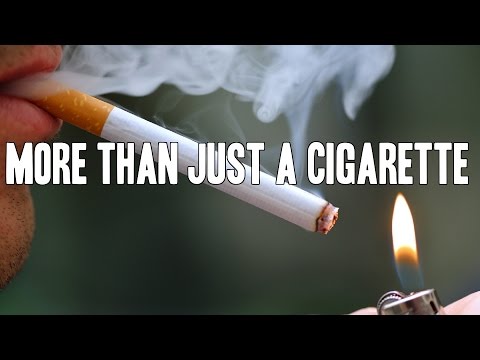
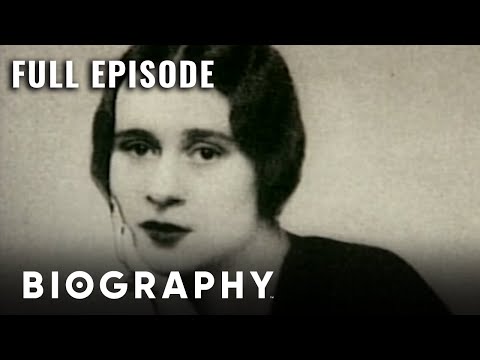

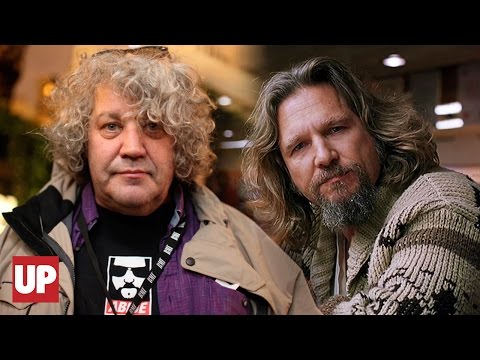


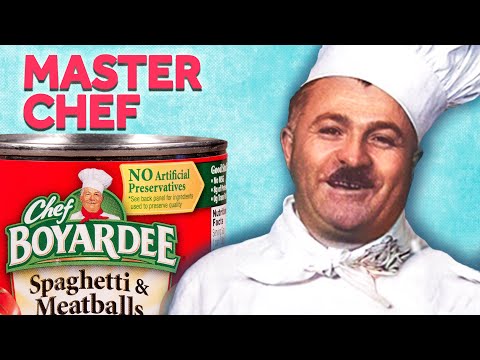
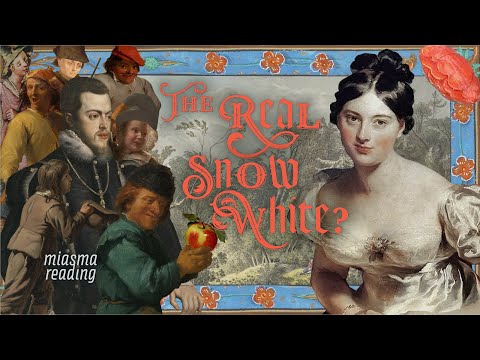
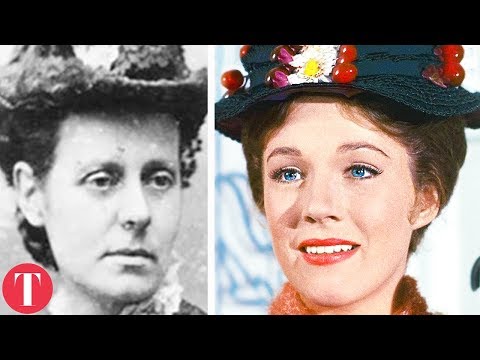
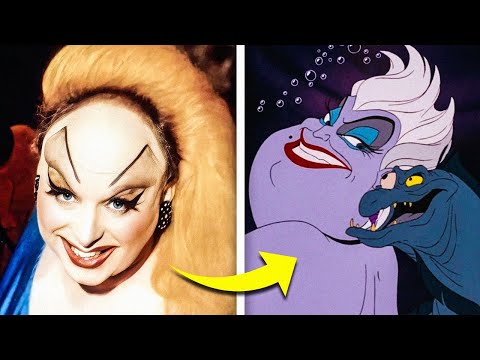









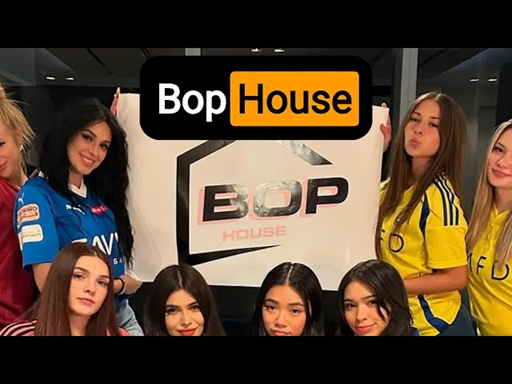

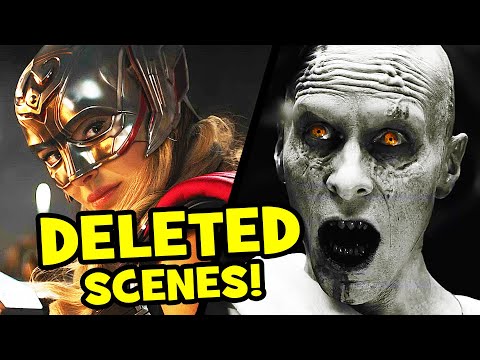
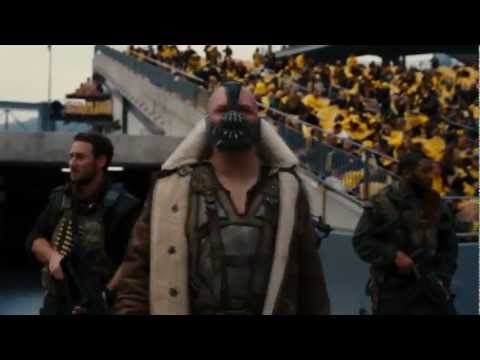
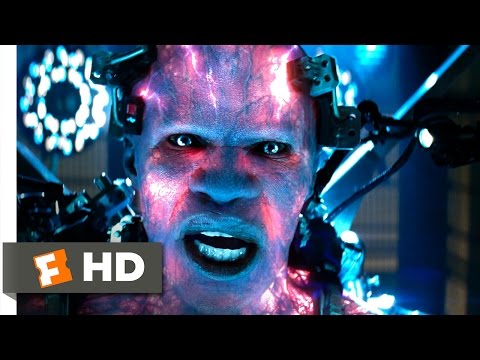
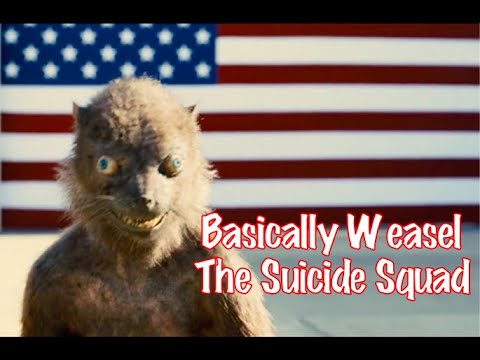

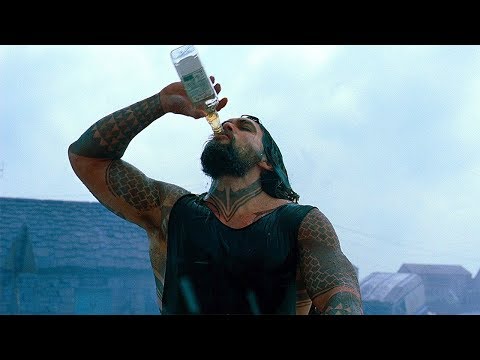
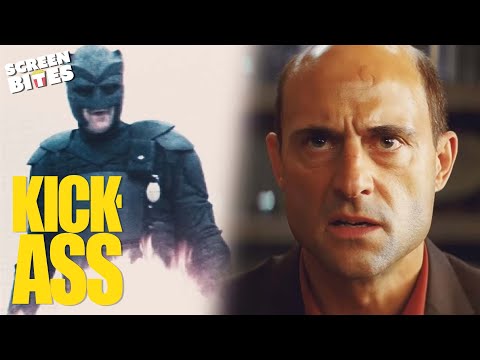
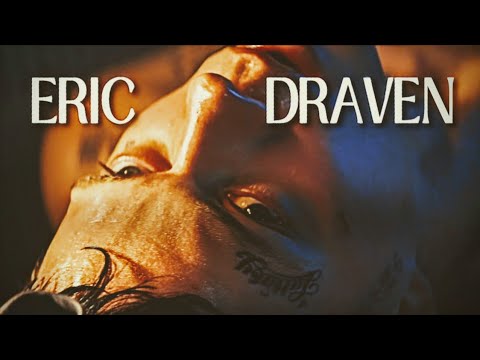

![Do i really look a guy with a plan? | The Dark Knight [4k, HDR]](https://listverse.com/wp-content/plugins/wp-youtube-lyte-main/lyteCache.php?origThumbUrl=https%3A%2F%2Fi.ytimg.com%2Fvi%2FylwMWpbv5Fk%2F0.jpg)








